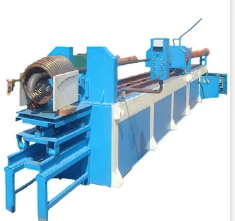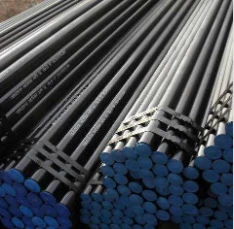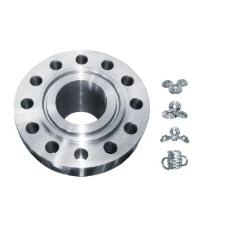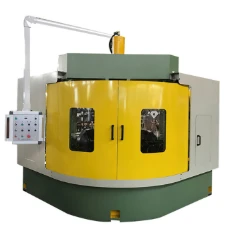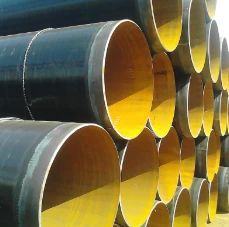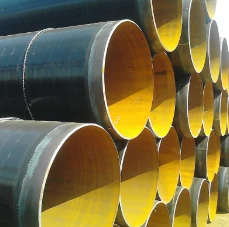
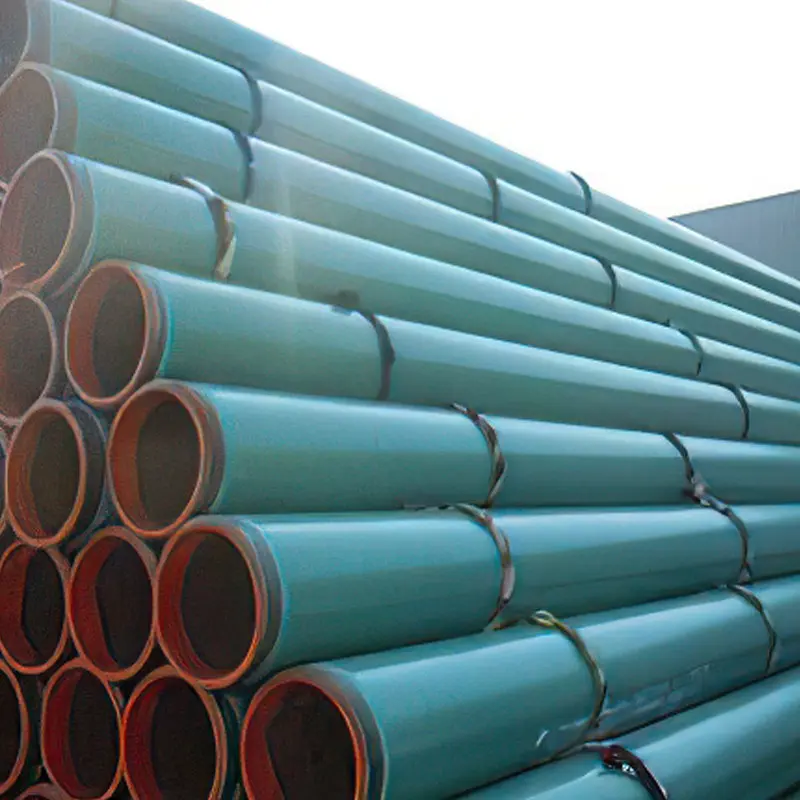
Selecting an equivalent material involves a meticulous evaluation of several factors such as tensile strength, yield strength, and elongation parameters. For industries focused on applications involving higher temperature or pressure, SA 106 Gr B provides desirable mechanical properties with a tensile strength in the range of 415 MPa and yield strength of 240 MPa. Equivalent materials should match or exceed these parameters to ensure structural integrity and safety. In terms of practical industry applications, if you are in a sector that requires intense thermal management and high-temperature resistance, adhering to SA 106 Gr B specifications ensures optimal performance. Conversely, if budget constraints require you to scout for alternatives, understanding equivalent materials can offer you leverage in cost without significantly compromising on quality and safety. Establishing the correct material specifications rests not just on equivalency in specifications, but also on industry regulations and certifications. Ensuring that materials meet ASTM, ASME, and other international standards offers a layer of trustworthiness to both manufacturers and consumers that the material is suitable for its intended application. Keeping abreast of advancements and changes in these standards can also aid businesses in maintaining compliance and delivering excellence. In conclusion, SA 106 Gr B and its equivalent materials like ASTM A53, EN 10216-2, and API 5L present versatile options tailored for various industrial needs. The essential takeaway for decision-makers is to assess not only the physical and mechanical properties but also adherence to international standards and regulations to ensure quality and safety. Balancing expertise in material selection with practical considerations of cost and application specifics is the cornerstone of successful project execution in the competitive and demanding world of industrial engineering.
Post time: Februari . 05, 2025 02:30
Prev:
Next:









